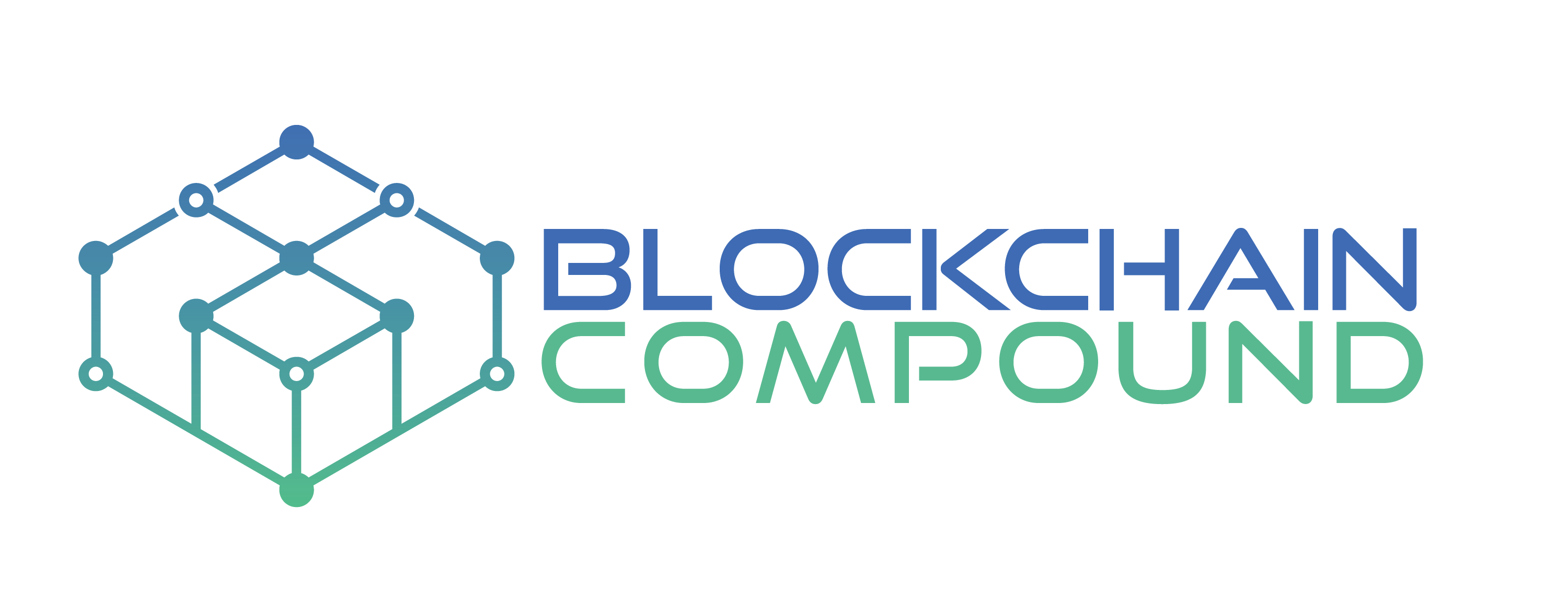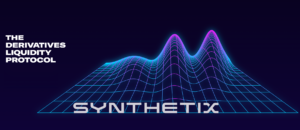First off lets define what a consensus mechanism is.
A consensus mechanism is a process or algorithm used to ensure that the participants in a decentralized system (such as a blockchain network) reach agreement on the current state of the system and the validity of new transactions and blocks. In other words, the consensus mechanism is the mechanism that allows the network to agree on a single version of the truth and maintain the integrity of the system. Different blockchain networks use different consensus mechanisms, including Proof of Work (PoW), Proof of Stake (PoS), and Delegated Proof of Stake (DPoS). The consensus mechanism is a key component of the blockchain, as it enables the network to function without a central authority and ensures that all transactions are secure and tamper-proof.
Proof of Work (PoW)
Proof of Work (PoW) is a consensus algorithm used in many cryptocurrencies, including Bitcoin. It is a system of verifying transactions and adding them to the blockchain. In a PoW system, network participants compete to solve complex mathematical problems to validate transactions and add them to the blockchain. The first participant to solve the problem gets to add the block to the blockchain and is rewarded with cryptocurrency. The idea behind PoW is that the effort and computational resources required to solve the problems serve as proof of the participant’s work, thus providing security and stability to the blockchain. PoW is considered one of the original consensus algorithms, but it is also known to consume significant amounts of energy and computational resources, leading to the development of alternative consensus algorithms such as Proof of Stake (PoS).
The main purpose of PoW is to make it difficult for malicious actors to manipulate the blockchain, by adding false or incorrect data. Because of the intensive computational work required, it is highly unlikely that an attacker would be able to add false information to the blockchain, as doing so would require them to perform the same amount of work as all other participants in the network combined.
Proof of Work is a well-established consensus mechanism, and has been widely adopted in the cryptocurrency world. However, it also has its downsides, as it requires a large amount of computational power and energy, which can lead to environmental concerns.
This is because the consensus mechanism relies on a network of nodes or miners to solve complex mathematical problems in order to validate transactions and add blocks to the blockchain. The more miners that are participating in the network, the more energy is required to power the computers used for mining. This has led to concerns about the high levels of energy consumption and potential negative impacts on the environment. To address these issues, alternative consensus mechanisms have been proposed, such as Proof of Stake, which use less energy and require less computing power. However, Proof of Work remains the most widely used consensus mechanism for cryptocurrencies, due to its established network and the security it provides to the blockchain.
Alternative consensus algorithms, such as Proof of Stake, are being explored and developed as a potential replacement for Proof of Work.
A comparison of energy consumption between cryptocurrencies and day-to-day electronics.
The estimated energy consumption of the Bitcoin network is currently around 111.32 TWh per year, which is more energy consumption than some countries. To put this in perspective, a single Bitcoin transaction requires the same amount of energy as an average American household uses in a week. On the other hand, a single day-to-day electronic device like a smartphone or a laptop typically consumes much less energy and has a much lower carbon footprint. This difference highlights one of the challenges with using Proof of Work as a consensus mechanism for cryptocurrencies, as it requires a significant amount of energy to secure the network.
Can renewable energy source be used for Proof of Work?
It is possible to use renewable energy for blockchain mining and other operations. This can help to reduce the carbon footprint and negative environmental impact of these operations, which are often criticized for their high energy consumption. Renewable energy sources like solar and wind can provide a sustainable and eco-friendly alternative to traditional fossil fuel-based energy sources. Some blockchain companies and mining operations are already making efforts to switch to renewable energy sources, or are investing in new technologies that can make their operations more energy-efficient. By doing so, they aim to make blockchain operations more sustainable and environmentally friendly in the long run.
These are just some layer one platforms that you may have heard of already that are currently operating using Proof of Work (PoW) consensus mechanism:
- Bitcoin (BTC)
- Ethereum (ETH) – transitioning to Proof of Stake (PoS)
- Litecoin (LTC)
- Monero (XMR)
- Bitcoin Cash (BCH)
- Dogecoin (DOGE)
Summary
In conclusion, Proof of Work is a widely used consensus mechanism in many blockchain platforms. It is a method to secure the network and validate transactions by requiring participants to perform a computational task. While it provides a secure and reliable solution for blockchains, it has its drawbacks, such as high energy consumption and a potential centralization of mining power. Alternative consensus mechanisms such as Proof of Stake have been developed to address these issues, but Proof of Work remains a well-established and widely used approach.




